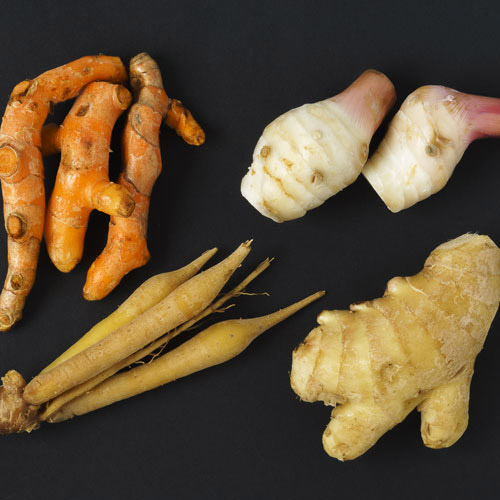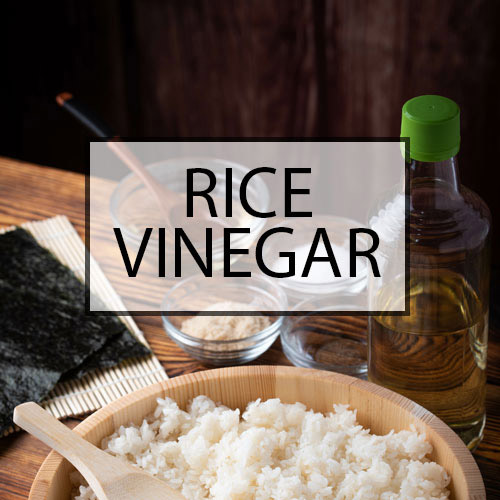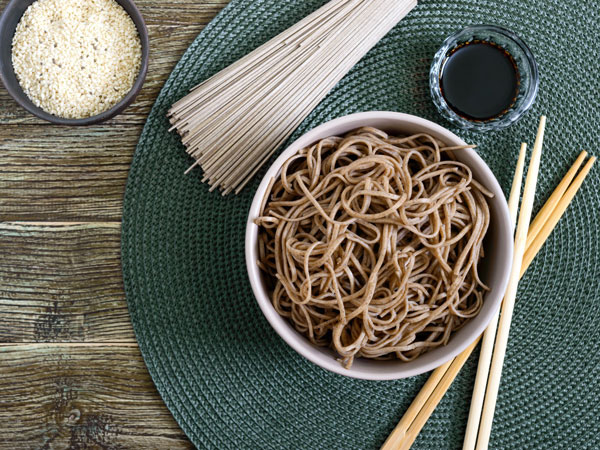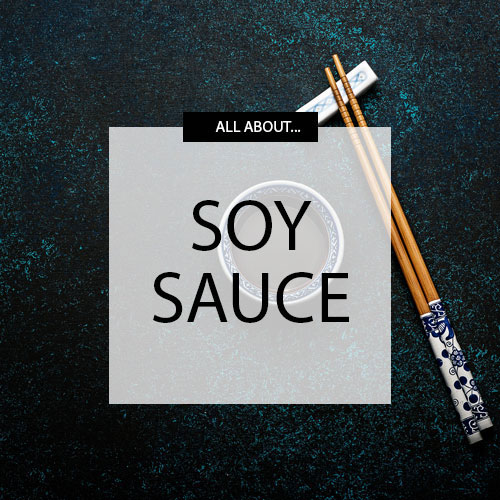If you have ever had teriyaki chicken in a Japanese restaurant then you will know it is a far cry from the over-seasoned, over-thickened sauces of the supermarket and the all-you-can-eat international buffet.
Whilst there is nothing actually wrong with these commercial staples (there is a time and a place for everything, after all) the real deal teriyaki is a subtle surprise. Flavour and texture in perfect harmony; as most Japanese food is.
What is teriyaki?
Said to be a centuries old Japanese cooking technique, although there are many who would argue that fact, teriyaki is a grilled dish with a glossy sauce. In Japan it usually features fish, but the favoured version in the West is chicken. Closely followed by salmon. The root of the word is ‘-yaki’ meaning grilled, whilst the prefix ‘teri-‘ denotes the shine created by the sugar in the sauce.
What is teriyaki sauce?
Teriyaki sauce, known as ‘tare’ in Japanese, does not need to be thick to be glossy. Teriyaki chicken in a Japanese restaurant is more of a shimmering glaze that barely clings to the meat. It manages to be ethereally subtle whilst still packing a umami punch. Something which appears to be the secret to all Japanese food.
The ‘tare’ is not confined to teriyaki. As a marinade it forms the base flavours of Japanese fried chicken. Yakitori, the ubiquitous grilled skewer, also features the flavours found in teriyaki. ‘yaki’, as we have seen, means grilled. ‘tori’ means bird, usually chicken when used in a culinary sense. Yakitori is always chicken, always on skewers, and always grilled over an open flame. The skewers are grilled, dipped in sauce or brushed, and grilled some more. This is repeated until the chicken is cooked and coated in a gloriously caramelised coating. Same but different.
Teriyaki sauce is a simple blend of equal parts Japanese soy sauce and sake or mirin. Sugar is added in equal parts if using sake; much less is needed with the thicker, sweeter, mirin. Ginger, although not always used, adds another subtle layer of flavour.
How long do you marinate chicken in teriyaki sauce?
Actually you don’t. Both teriyaki and yakitori are cooked in sauce but not marinated. Marinating the chicken would affect the texture and therefore the way that it cooks. The entire crucial balance of the dish would be knocked out of whack.
How to make teriyaki chicken
Chicken thigh is the only way to make teriyaki chicken like a Japanese restaurant. If you want to use chicken breast then you are best making teriyaki chicken stir fry, which is another thing entirely. Why? Because chicken teriyaki is all about the skin. In fact it is all about soft soft meat, with crispy crispy skin. Which is a job that chicken thighs do really really well.
Despite ‘yaki’ meaning grilled, the best way to make teriyaki chicken is in a frying pan. One that has a lid, or at least something you can cover it with. Briefly. The aim is to render the fats out of the skin, making it really crisp, and then keep the meat soft with a shot of savoury steam. Makes sense, right?
Ideally, you want boneless thigh of a decent size, with the skin intact. It is easier that way, and they also tend to flatten it out a bit when sold this way. It may cost a little more. Or, you buy whole chicken thighs and get comfortable with prepping them. If you buy skinless boneless thighs then you clearly haven’t heard a word we have said. To prepare a chicken thigh you need to turn it over, skin side down, and carefully remove the bone by cutting the flesh around it. You can trim off the bit of excess skin. For best results, you should open the thigh out to make it flatter; a process known as butterflying. But as long as you can get the bone out, you are doing just fine.
Lay your now bone-free chicken thighs skin side up and poke several holes in them with a skewer.
Making the sauce
You could make up a teriyaki sauce with 1/4 cup Japanese soy sauce, 1/4 cup mirin, and a tablespoon sugar. Heat it together in a small saucepan so that the sugar dissolves and it reduces just a little. Grate 1 inch fresh ginger, and squeeze only the juice into the sauce. Or, you could just use our organic Japanese teriyaki sauce to make life much easier.
Cooking the chicken
Heat a frying pan over a medium-high heat and add the thighs, one at a time, skin side down. Pressing each one with your fingers for a minute or so helps to keep them flat and prevents bunching up. Don’t overcrowd the pan.
Once all the thighs are in the pan, cook for about 5 minutes. Turn the heat down to medium and cook for a few minutes more. The skin should be golden brown and crispy, with all the fat rendered into the pan. Pour this fat away, turn the thighs over, and add the sauce. It should cover the base of the pan, with the chicken meat immersed, but not the skin. Put the lid on, or cover the pan, and allow to steam through for one minute.
Remove the lid and let the sauce simmer for a few more minutes until it has reduced enough to cling softly to the chicken. Turn the thighs once, so the skin gets coated in sauce. The sauce should only be thick enough that it can cling. No thicker. Like thin gravy.
Set the chicken aside to rest for a few minutes and slice. Pour over the remaining sauce to serve.
Teriyaki chicken bowl
There are a few ways you could serve your teriyaki chicken. One is with a pile of crisp refreshing Japanese slaw, like this one. Or you could serve it with sticky rice and crisp green veg such as lightly steamed broccoli and asparagus spears. Or what about some Asian greens?
If you pile the rice in a bowl, top with the chicken, pour over the remaining sauce and add the vegetables, then what you have is teriyaki chicken don. That’s teriyaki chicken over rice in a bowl, and it is a really pleasing way to eat it. The sauce should be super thin; just enough to wet the rice a little. You could add a few pickles, like the ones in this post about Asian slaw and salads, or a simple flourish of spring onion. This is comfort food. Asian style. Good for your body as well as your soul.
We have plenty more organic Asian sauces to inspire you, and all of our South East Asian spices and condiments are available to buy in bulk.
This article was reproduced on this site only with permission from our parent co. operafoods.com.au the “Gourmet Online Wholesale Grocer”. See original article:- How to Make Teriyaki Chicken like a Japanese Restaurant
















